by Carley Goodreau
Did you know Alberta is home to nineteen species of herptiles? While we might initially envision bears, cougars, hawks, and big horn sheep when we think of Alberta wildlife, if you look much lower to the ground, the province is also rich with a diverse population of herptiles.
What are Herptiles?
The term herptile is used to describe both reptiles and amphibians at once. The study of herptiles, herpetology, comes from the Greek word herpo meaning “to creep or crawl” 1. Reptiles evolved from amphibian ancestors, so the two groups, while distinct, are closely related enough to share the common name1. Alberta’s herptiles include ten species of amphibians (toads, frogs, and salamanders) and nine species of reptiles (snakes, lizard, and turtle).
Reptiles are vertebrates – species with a backbone – that have dry, scaly skin and typically reproduce by laying shelled eggs or giving birth to live young 2. Amphibians tend to lay clumps of tiny, soft eggs in water, and begin life as aquatic tadpoles before evolving into their adult form. Adult amphibians, in most cases, evolve to breathe and live above water – though they spend most of their time around water to keep their skin moist1.
Both reptiles and amphibians are cold-blooded, meaning they are unable to regulate their own body temperature. Instead, they rely on the environment they are in to provide necessary heating or cooling1. This requires certain survival techniques to make it through the harsh Alberta winters.
Herptile Species You Can Find in Alberta
Wood Frog
Lithobates sylvaticus
Wood frogs are the northern-most amphibian in Alberta and are even found inside the Arctic Circle3. They can grow up to six centimetres in length, and can be identified by their dark spots, dark mask around their eyes, and dorsolateral fold: the raised skin running down each side of it’s back4. The call of the wood frog is a low quacking sound, somewhat like a duck. They are found in most forested areas of Alberta5.
Wood frogs spend the winter by burrowing in leaf litter. They produce a natural antifreeze in their blood from glucose that prevents water in the cells from freezing and causing damage to cells and organs. This allows the frog to tolerate a large percentage of their body freezing completely solid6! Breathing, brain function, and the heart stops during “brumation” – the cold-blooded equivalent to hibernation6. Once the frog thaws in the spring, it hops right back into action.
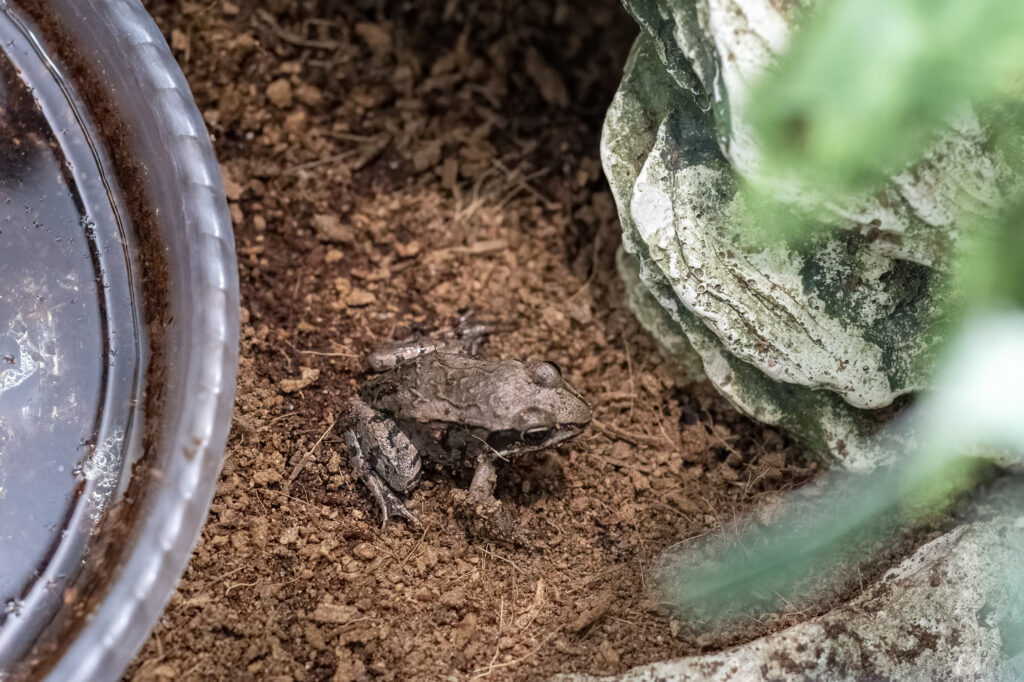
Mountain Short-horned Lizard
Phrynosoma hernandesi
Contrary to their name, Alberta’s lone lizard species does not live in the mountains but rather inhabits the coulees and canyons of the Medicine Hat area2. This lizard has a flat, oval shaped body, grey or beige skin, and short spikes covering its back and legs. Their outer appearance allows the reptile to avoid predators by camouflaging perfectly against a sandy backdrop in the desert-like conditions in the southeast region of the province2. Like other creatures active only in warmer temperatures, the short-horned lizard spends winter in shallow burrows dug into soil below the frost line. Snow cover helps further insulate the lizard from the cold2.
Tiger Salamander
Ambystoma mavortium melanostictum
Found mostly in the south of the province, the tiger salamander can grow up to thirty centimetres long, although many do not quite reach this lengthy size7. Tiger salamanders have large, flat heads, very small eyes, and a long tail. This salamander is hard to spot with it’s coloring – yellow splotches or stripes on a dark green background8. Some individuals of this species will live up to twenty-five years7.
Like the mountain short-horned lizard, tiger salamanders burrow under the frost line or use mammal burrows to survive the winter7. However, salamanders are thought to be tolerant of cold temperatures, and some aquatic species are active all year round6.
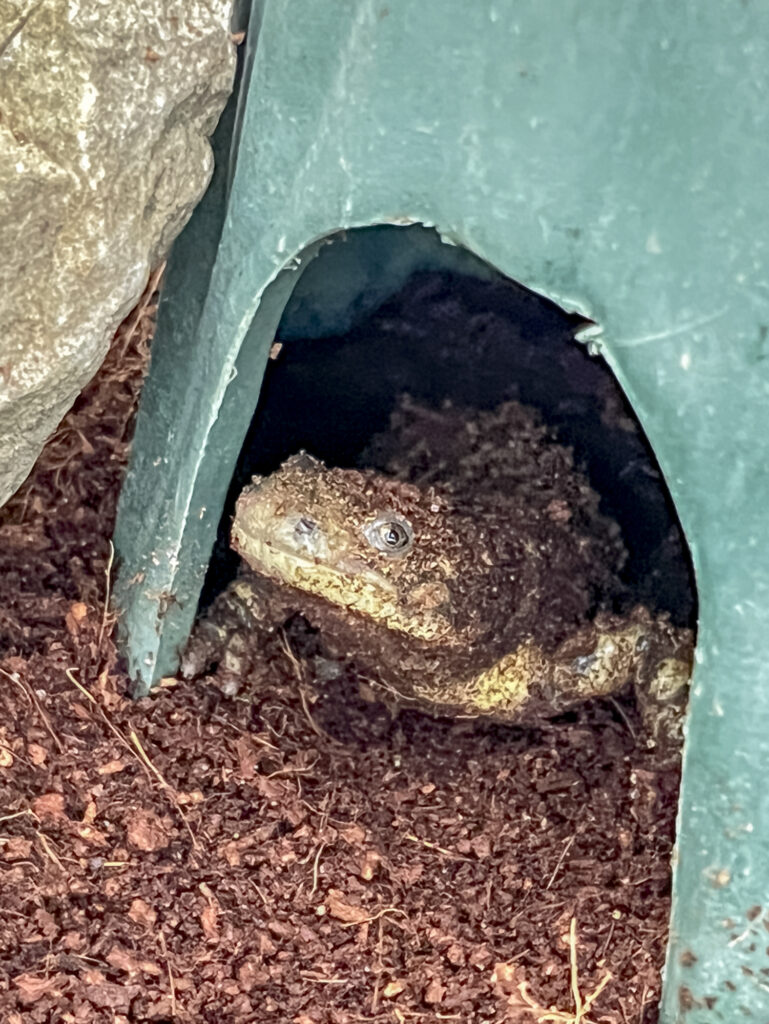
Western Painted Turtle
Chrysemys picta bellii
Alberta’s aquatic reptile comes in the form of the western painted turtle, a freshwater turtle found primarily in shallow, slow-moving water. Their hard upper shell, called a carapace, can measure up to twenty-five centimetres in length9. These colorful creatures have a perfect name, with distinct bright red markings on their lower shell, along the edge of their carapace and yellow stripes covering their head and legs9. Like other reptiles, the painted turtle gets its energy from basking in the sun. You may see several sharing a log, and sometimes even stacked on top of each other. While few of this species reach adulthood, those that do are believed to live fifty years or more10!
Western painted turtles submerge themselves in the mud at the bottom of a waterbody and enter a state of brumation through the winter10. At this level below the surface, the water maintains a temperature of 4°C and the turtle slows down its metabolism to survive the stretch of inactivity10. During this time, their heartbeat slows to one beat every ten minutes6.
How Can You Help Protect Herptiles?
Habitat loss and destruction of wetlands through development is a major threat to herptile populations. Respect herptile habitats by staying on designated pathways4 and not disturbing rocks or logs that may be a home or breeding ground. While driving in warmer months, watch for herptiles, especially snakes, that may be using the warmth of the road to bask2. Amphibians absorb air and water through their skin, making them extremely vulnerable to residue that may be on your hands, so avoid handling amphibians in the wild4. Don’t mistake Alberta’s herptiles as pets – collecting or keeping them as pets is prohibited in the province4,9. Rather support our herptile neighbors by admiring them from afar.
Footnotes
- Joanne Barwise, Alberta’s Reptiles: Lend a Helping Hand (or Two or Three), 2003. (Edmonton: Alberta Environment/Alberta Sustainable Resource Development, November 2003), https://open.alberta.ca/dataset/68a8e0f0-fc73-4eea-9953-da3348a79138/resource/8df67bc0-c943-4e96-ad14-b460348e6c11/download/2003-albertas-reptiles-lend-helping-hand-or-two-or-three-teachers-guide-grade-7-science.pdf.
- Alberta Conservation Association, Reptiles of Alberta, 2019. (Canada: Environment and Climate Change Canada, 2019), https://www.ab-conservation.com/downloads/avamp/aca_reptiles_of_alberta.pdf.
- “Wood Frog,” The National Wildlife Federation, accessed April 4, 2023, https://www.nwf.org/Educational-Resources/Wildlife-Guide/Amphibians/Wood-Frog.
- Fish Creek Provincial Park, Amphibians in the Park, 2007. (Calgary: Alberta Parks, 2007), https://www.albertaparks.ca/media/123451/amphibians.pdf.
- “Wood Frog,” Amphibian Identification, Alberta Volunteer Amphibian Monitoring Program, Alberta Conservation Association, accessed March 27, 2023, https://www.ab-conservation.com/avamp/identification-keys/juvenile-and-adult-amphibians-of-alberta/wood-frog/.
- “Reptile and Amphibian Hibernation,” HCA Blog (Hamilton Conservation Authority, January 28, 2022), https://conservationhamilton.ca/blog/reptile-and-amphibian-hibernation/.
- “Blotched Tiger Salamander,” Canadian Herpetological Society, accessed March 23, 2023, https://canadianherpetology.ca/species/species_page.html?cname=Blotched%20Tiger%20Salamander.
- “(Western) Tiger Salamander,” Amphibian Identification, Alberta Volunteer Amphibian Monitoring Program, Alberta Conservation Association, accessed March 27, 2023, https://www.ab-conservation.com/avamp/identification-keys/juvenile-and-adult-amphibians-of-alberta/tiger-salamander/.
- COSEWIC, COSEWIC Assessment and Status Report on the Western Painted Turtle, 2006. (Ottawa: Committee on the Status of Endangered Wildlife in Canada, 2006), www.sararegistry.gc.ca/status/status_e.cfm.
- Antony Port, “Meet Alberta’s Turtle,” Royal Alberta Museum Blog, October 21, 2022, https://royalalbertamuseum.ca/blog/western-painted-turtles.

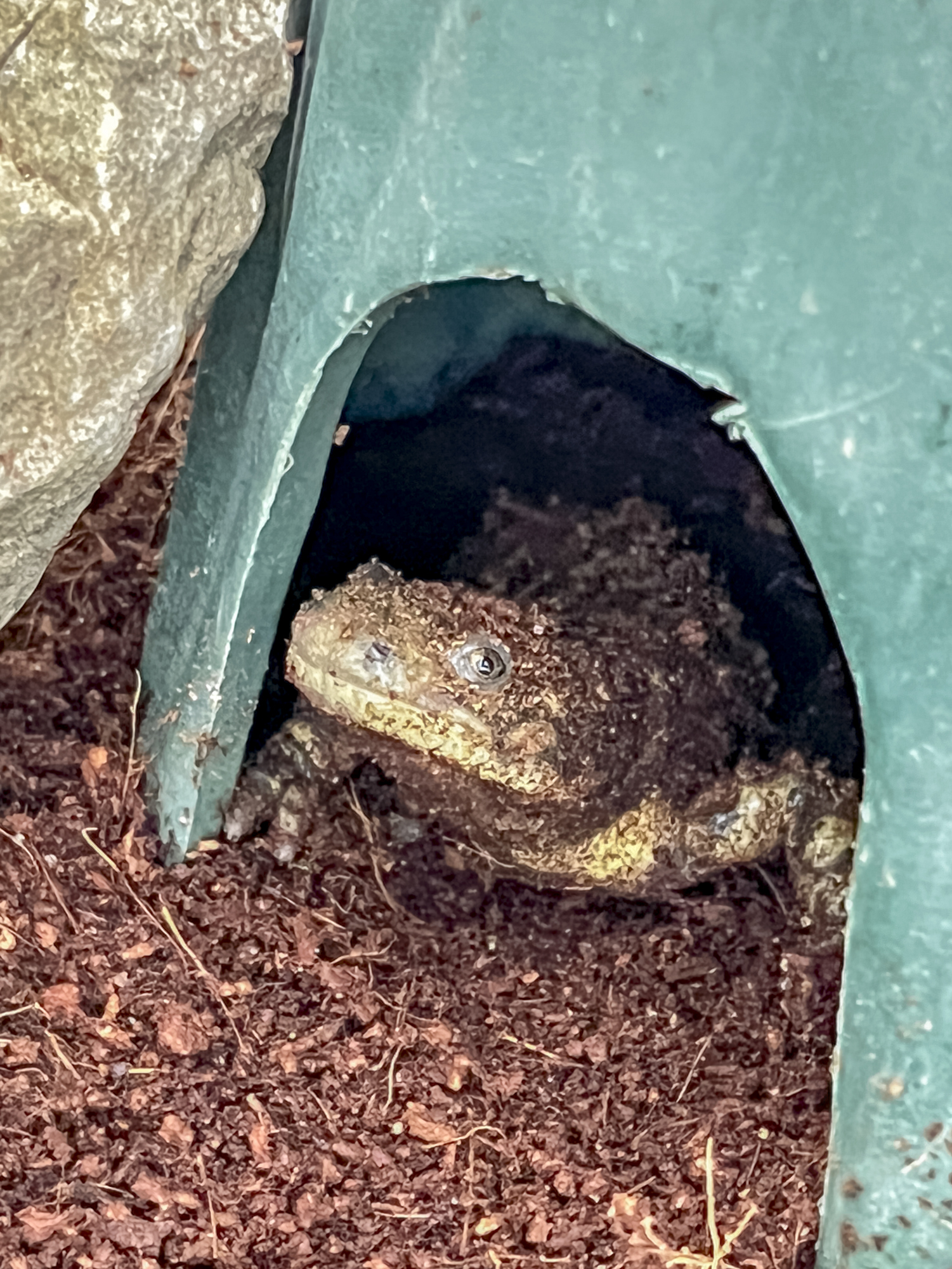
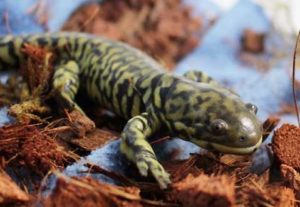
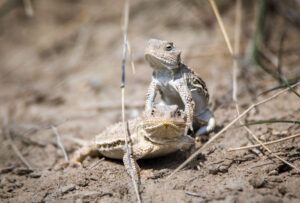
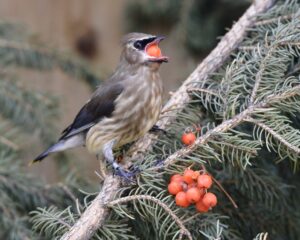


2 thoughts on “Herptiles: Reptiles and Amphibians Unite!”
Herptiles are fascinating creatures. What’s one surprising fact about Alberta’s reptile or amphibian species?
One suprising fact, huh? How about the fact that 2 of Alberta’s herps are considered At-Risk species: the mountain short-horned lizard and the northern leopard frog. Both are threatened primariliy by habitat loss.